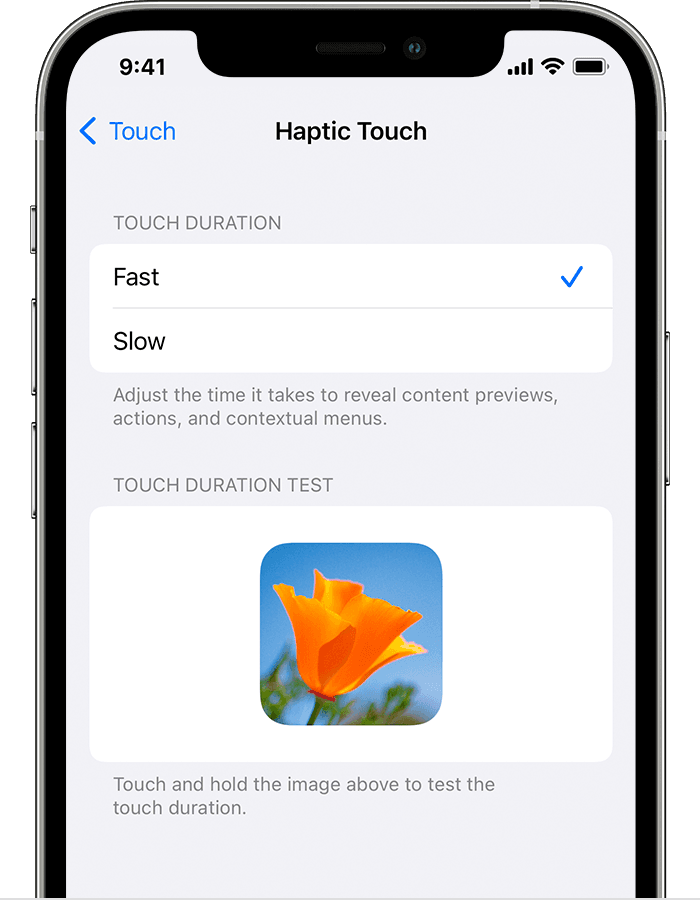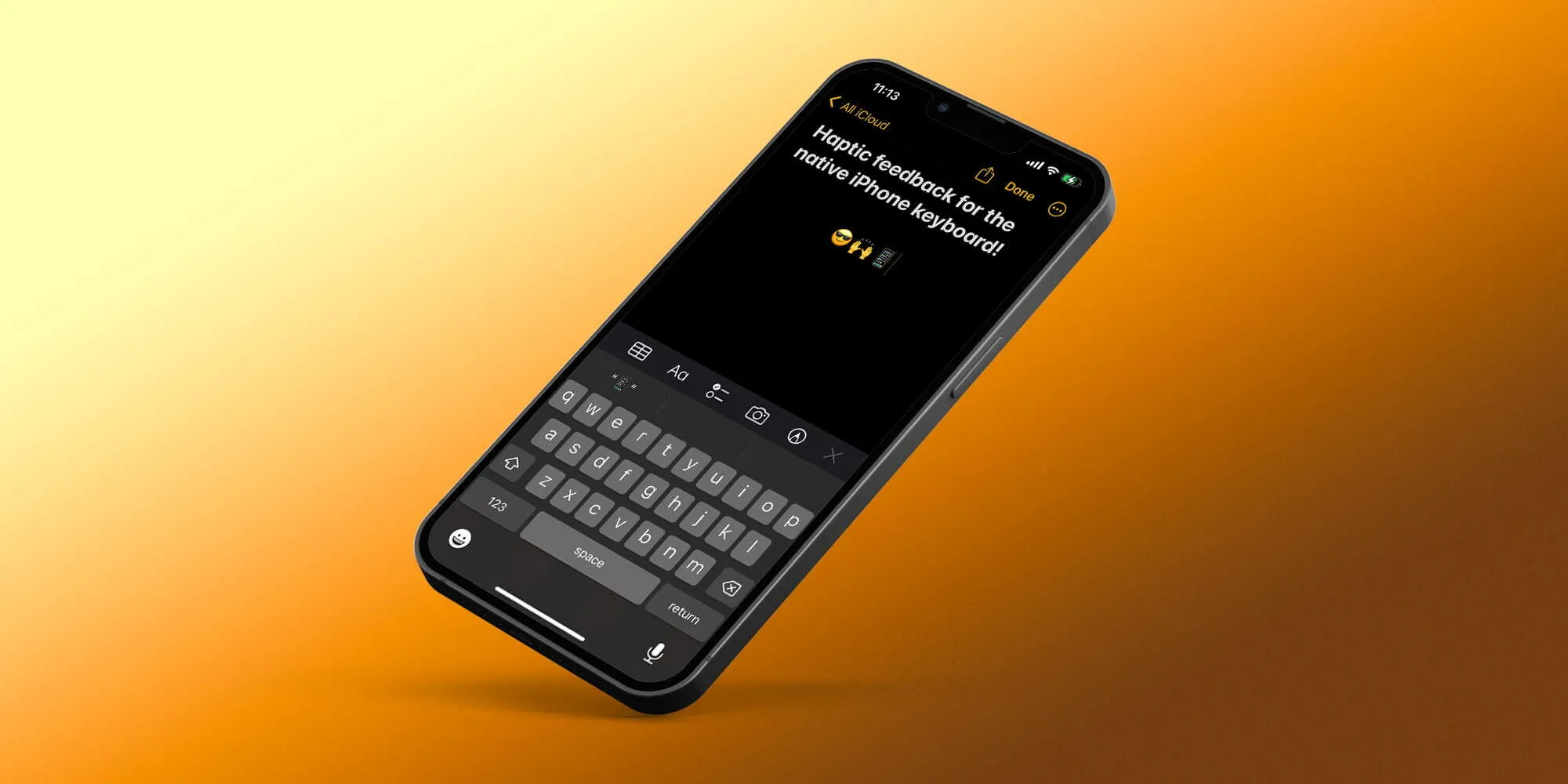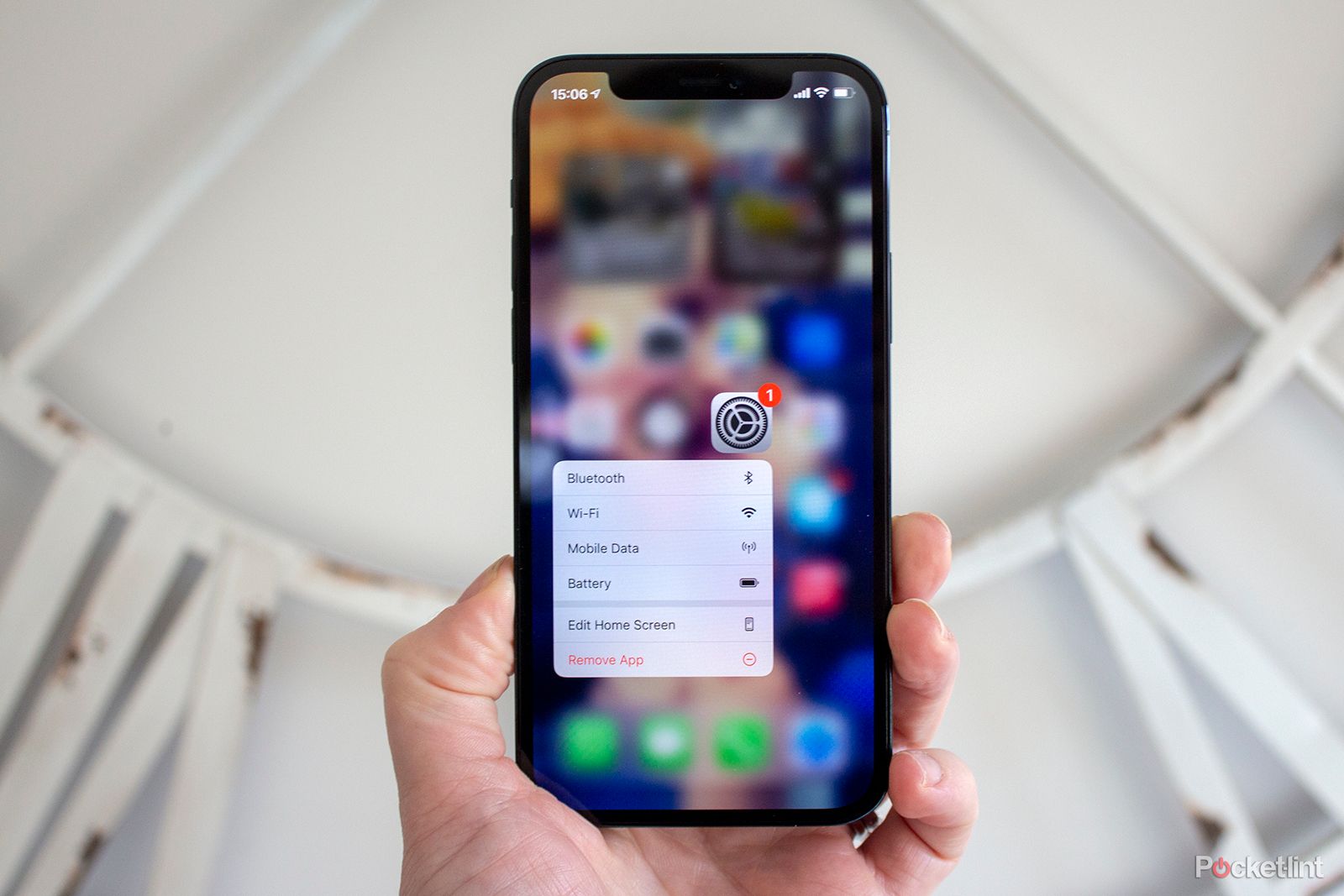In this article, we will explore the haptic technology on the iPhone and help you understand what it is all about. You will learn how haptics enhance the user experience by providing tactile feedback through vibrations and subtle movements. We will also discuss the various applications of haptic technology on the iPhone, from gaming to notifications, and how it can make your interactions with your device more immersive and intuitive. So, read on to discover the fascinating world of haptic technology on your iPhone.
Table of Contents
- Exploring the Haptic Technology on iPhone
- Introduction to Haptic Technology
- Definition of Haptic Technology
- Evolution of Haptic Feedback
- Importance of Haptic Technology on iPhone
- How Haptic Technology Works on iPhone
- Components of Haptic Feedback System
- Integration of Taptic Engine
- Sensors Utilized in Haptic Technology
- Applications of Haptic Technology on iPhone
- Enhanced User Experience in Gaming
- Tactile Notifications and Alerts
- Immersive Touch Feedback in Virtual Reality
- Advantages of Haptic Technology on iPhone
- Enhanced Realism and Engagement
- Improved Accessibility Features
- Precise and Customizable Feedback
- Challenges and Limitations of Haptic Technology
- Power Consumption and Battery Life
- Design Constraints
- Compatibility with Third-Party Apps
- Future Developments in Haptic Technology on iPhone
- Advancements in Tactile Feedback
- Integration with Augmented Reality
- Potential Applications in Health and Wellness
- Comparison with Haptic Technology on Other Devices
- Haptic Technology on Android Devices
- Haptic Technology on Gaming Consoles
- Haptic Technology in Wearable Devices
- Conclusion
Exploring the Haptic Technology on iPhone

Introduction to Haptic Technology
Haptic technology refers to the use of tactile feedback to create a sense of touch and provide a more immersive user experience. On the iPhone, haptic technology enables users to feel physical sensations through vibrations, taps, and other tactile feedback. This technology has evolved over the years, becoming an integral part of the iPhone’s user interface.
Definition of Haptic Technology
Haptic technology, often referred to as haptics, involves the sense of touch and the perception of physical sensations through various forms of feedback. In the context of the iPhone, haptic technology utilizes vibrations and taps to simulate a physical response to user interactions.
Evolution of Haptic Feedback
Haptic feedback has come a long way since its introduction on mobile devices. Initially, simple vibrations were used to mimic physical buttons on touchscreens. However, with advancements in technology, haptic feedback on the iPhone has become more sophisticated, offering a wide range of sensations and responses.
Importance of Haptic Technology on iPhone
Haptic technology plays a crucial role in enhancing the user experience on the iPhone. It provides users with a more realistic and engaging interaction, making the device feel more responsive and intuitive. By incorporating haptic feedback, Apple has revolutionized the way users interact with their iPhones.

How Haptic Technology Works on iPhone
The haptic feedback system on the iPhone consists of several components that work together to create the desired tactile sensations. The key component is the Taptic Engine, a precise and powerful actuator that generates vibrations and taps. This engine is seamlessly integrated into the iPhone’s hardware to provide a seamless user experience.
Components of Haptic Feedback System
Aside from the Taptic Engine, other components such as sensors and controllers are utilized in the haptic feedback system. These sensors detect user interactions and trigger the appropriate haptic response. The controllers interpret the input signals and control the intensity and duration of the vibrations, ensuring a consistent and responsive haptic feedback experience.
Integration of Taptic Engine
The Taptic Engine, a proprietary technology developed by Apple, is responsible for delivering the haptic feedback on the iPhone. It consists of a linear actuator that creates precise vibrations and taps, allowing users to perceive different levels of feedback based on the intensity and duration of the vibrations.
Sensors Utilized in Haptic Technology
The haptic technology on the iPhone relies on various sensors to detect user interactions. These sensors include accelerometers, gyroscopes, and touch-sensitive surfaces. By combining data from these sensors, the iPhone can provide context-aware haptic feedback, enhancing the overall user experience.

Applications of Haptic Technology on iPhone
The integration of haptic technology on the iPhone has opened up numerous possibilities for enhancing user interactions. Some of the key applications include:
Enhanced User Experience in Gaming
Haptic feedback adds a new dimension to gaming on the iPhone. It allows users to feel the impact of in-game actions, such as collisions or explosions. This immersive touch feedback enhances the gaming experience, making it more immersive and engaging.
Tactile Notifications and Alerts
Haptic feedback on the iPhone extends beyond gaming. It is used to provide tactile notifications and alerts, such as incoming calls or messages. These subtle vibrations and taps give users a physical cue without interrupting their workflow.
Immersive Touch Feedback in Virtual Reality
Haptic technology is particularly valuable in virtual reality (VR) applications on the iPhone. By providing tactile feedback, users can feel objects and interact with virtual environments, adding a new level of realism and immersion to VR experiences.

Advantages of Haptic Technology on iPhone
The incorporation of haptic technology brings several advantages to iPhone users:
Enhanced Realism and Engagement
Haptic feedback on the iPhone creates a more realistic and engaging user experience. By adding tactile sensations to user interactions, it enables a deeper connection with the device’s interface and content.
Improved Accessibility Features
Haptic feedback also enhances accessibility features on the iPhone. It allows users with visual impairments to navigate the interface through touch and feel, making the device more inclusive and user-friendly.
Precise and Customizable Feedback
The haptic feedback system on the iPhone provides precise and customizable feedback. Developers can fine-tune vibrations and taps to match specific interactions and applications, ensuring a consistent and intuitive user experience.

Challenges and Limitations of Haptic Technology
While haptic technology offers numerous benefits, it also comes with certain challenges and limitations:
Power Consumption and Battery Life
The intense vibrations and taps produced by the Taptic Engine require a significant amount of power, potentially draining the iPhone’s battery. Balancing the need for haptic feedback with battery life remains a challenge for Apple.
Design Constraints
Integrating haptic technology into the compact design of the iPhone poses design constraints. The size and form factor of the Taptic Engine, as well as the placement of sensors, present challenges for engineers and designers.
Compatibility with Third-Party Apps
Ensuring compatibility with third-party apps is another challenge for haptic technology on the iPhone. While Apple provides tools and guidelines for developers, ensuring a consistent haptic experience across different applications can be complex.
Future Developments in Haptic Technology on iPhone
As technology continues to advance, haptic technology on the iPhone is expected to evolve further. Some potential future developments include:
Advancements in Tactile Feedback
Apple continues to invest in research and development to improve the quality and realism of haptic feedback on the iPhone. Future iterations may introduce more advanced vibration patterns and localized haptic feedback.
Integration with Augmented Reality
With the rise of augmented reality (AR), haptic technology could be integrated to enhance the AR experience on the iPhone. For example, users could feel objects or textures within virtual environments, further blurring the line between the physical and virtual worlds.
Potential Applications in Health and Wellness
Haptic technology has promising applications in the field of health and wellness. The iPhone could utilize haptic feedback to provide interactive guidance for physical therapy exercises or deliver subtle reminders for posture correction.
Comparison with Haptic Technology on Other Devices
While haptic technology is not exclusive to the iPhone, it is worth comparing its implementation with other devices:
Haptic Technology on Android Devices
Android devices also utilize haptic technology, but the implementation varies across manufacturers and versions of the operating system. Apple’s integration of the Taptic Engine provides a more uniform and consistent haptic experience across the iPhone lineup.
Haptic Technology on Gaming Consoles
Gaming consoles, such as the PlayStation and Xbox, have long incorporated haptic feedback into their controllers. The iPhone’s haptic technology aims to replicate the immersive touch feedback found in gaming consoles, albeit on a smaller scale.
Haptic Technology in Wearable Devices
Wearable devices, such as smartwatches and fitness trackers, often utilize haptic feedback for notifications and alerts. However, the limited form factor of wearables restricts the complexity and range of haptic sensations compared to the iPhone.
Conclusion
The integration of haptic technology on the iPhone has transformed the user experience, providing a more immersive and engaging interaction. Through the Taptic Engine and various sensors, the iPhone delivers precise and customizable feedback, enhancing the realism and accessibility of the device. Despite challenges and limitations, continuous innovation and improvements in haptic technology hold exciting possibilities for the future. As technology evolves, haptic feedback on the iPhone will likely become even more advanced, opening up new opportunities in gaming, augmented reality, and health applications. Whether it’s feeling the impact of an explosion in a game or receiving subtle tactile notifications, haptic technology on the iPhone adds an extra dimension to the overall user experience.
